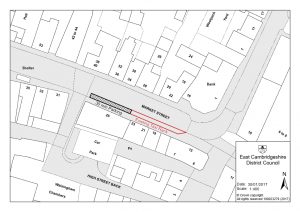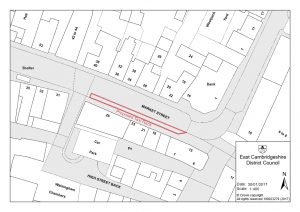Cambridgeshire Health and Wellbeing Board has published a review of pharmaceutical services in Cambridgeshire, and is consulting the public about what it says.
The review will help in the commissioning of pharmaceutical services, and will be used by NHS England when making decisions on applications to open new pharmacies.
The public consultation runs from 30 January to 30 April. A short summary and the full report are available at www.cambridgeshireinsight.org.uk/JSNA/PNA where there is also a short questionnaire.
Anyone who cannot complete the questionnaire because they have special needs (for example, problems with vision or language) and has no one to help them do it can contact 01480 379493 in office hours for someone to help them respond to the consultation.
Overall, the review finds that Cambridgeshire is well provided for, with 110 pharmacies across Cambridgeshire and 43 dispensing GP practices. This may change as population grows, so the Board will monitor developments to consider where new pharmacies might be needed.
The review seems to show that opening hours are good, and 96 per cent of pharmacies (and 62 per cent of dispensing GP practices) offer some kind of home delivery service to those who have no car or cannot use public transport. 84 per cent of community pharmacies offer flu vaccinations.
The review finds that ‘stop smoking’ activities in community pharmacies in Cambridgeshire have decreased since 2014, and there are still many community pharmacies that do not provide this service. The Board thinks there is potential for further development in this area.
Only 26 of the 100 pharmacies offer a chlamydia screening programme, and 28 provide emergency hormonal contraception. 34 pharmacies provide specialist drug and alcohol treatment and support, including access to sterile needs and syringes and supervising the administration of some drugs to reduce drug dependence and misuse.
All pharmacies support six Public Health campaigns every year as part of their NHS contract. Many pharmacies currently offer weight management advice and advice on physical activity, and the Board thinks that more pharmacies could help with alcohol screening and advice on reducing alcohol consumption.
Pharmacies are encouraged to bid for local health improvement contracts to provide services, and the Royal Pharmaceutical Society recommends that pharmacists collaborate with each other and with other healthcare professions to provide ‘joined-up, patient-centred health and social care’. The review says the Health and Wellbeing Board should encourage the involvement of pharmacies and pharmacy teams in developing local plans and systems of integrated working for health.



